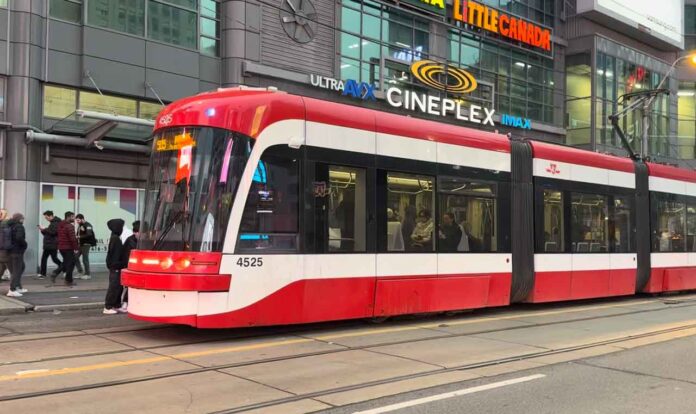Infra
Is your subway ride taking longer than normal? TTC slow zones may be the reason | CBC News

If you’ve ridden the subway in Toronto in recent weeks, you may have noticed your commute taking longer than usual.
That’s because the TTC has implemented dozens of “reduced speed zones” across major portions of Lines 1 and 2.
The zones are areas where trains must slow down because the tracks are in need of repair.
They were identified through a geometry survey conducted in May where a specialized device took laser-guided measurements of the rail gauge — the distance between the two rails on a track — as well as the elevation and wear to the tracks, to identify issues not visible during regular track inspections.
The survey found track areas that need to be brought back into compliance with industry standards, said Fortunato Monaco, chief of operations and infrastructure with the TTC.
“When track is built, it’s built to a particular standard. For the track to remain safe, it needs to be monitored, maintained and surveyed,” Monaco said.
“You want the two rails to be a certain distance apart. If they get too tight or if they get too far and they don’t meet the standards, we need to slow the speeds down until we can take their proactive measures to get the gauge back in alignment.”
CBC Toronto rode the subway between Bloor and Rosedale stations last week, using a speedometre app. The northbound section is one of the spots that the TTC has identified as a reduced speed zone, while the southbound portion operated normally.
Monaco says the zones cover about seven per cent of the subway network. The majority are on Line 1, he said, prolonging the average trip between Vaughan and Finch stations by an average of 15 minutes.
“We appreciate the inconvenience of it, but it’s ultimately meant for safety,” he said.
The TTC says it expects much of the maintenance work within the zones to be completed by the fall.









